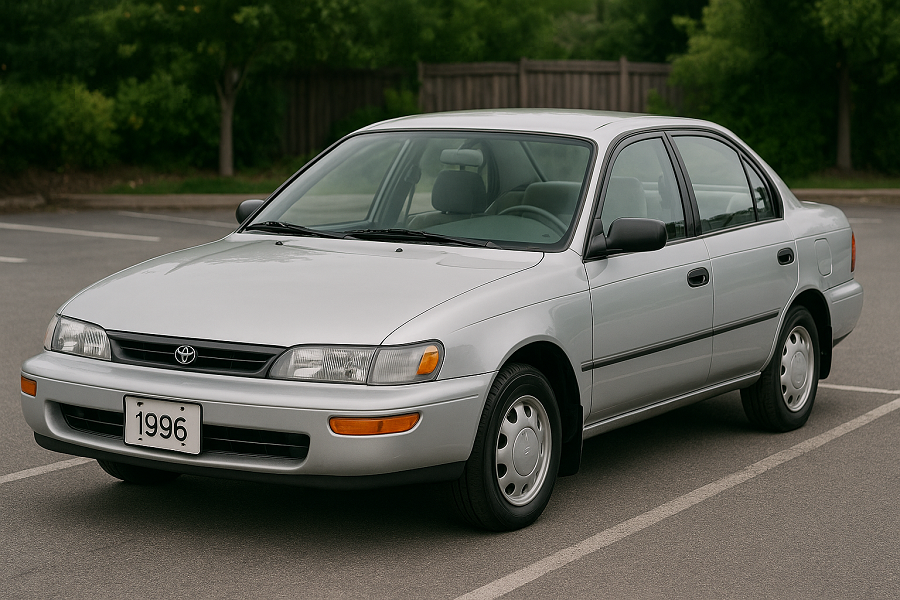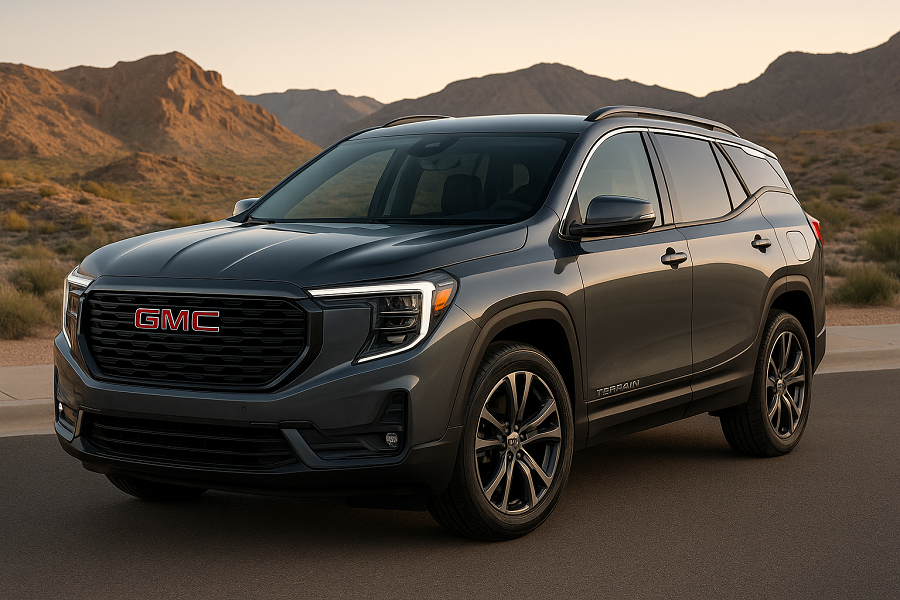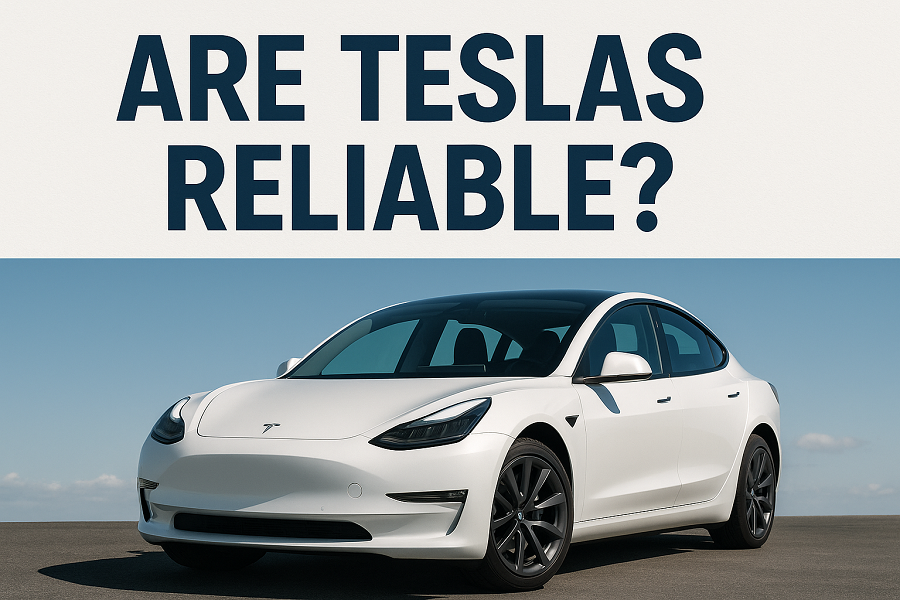Introduction
The Ford Everest transcends the conventional definition of a family-oriented SUV. It integrates a sophisticated array of engineering excellence, functional design, and dynamic performance, positioning itself as a versatile utility vehicle adept at navigating both metropolitan environments and demanding off-road terrains. Developed to cater to the demands of contemporary consumers who prioritize adaptability, safety, and cutting-edge technology, the Ford Everest demonstrates a refined synthesis of strength, comfort, and technological sophistication. This article provides an in-depth analytical perspective on the Everest’s design philosophy, powertrain specifications, technological ecosystem, safety architecture, and practical utility.
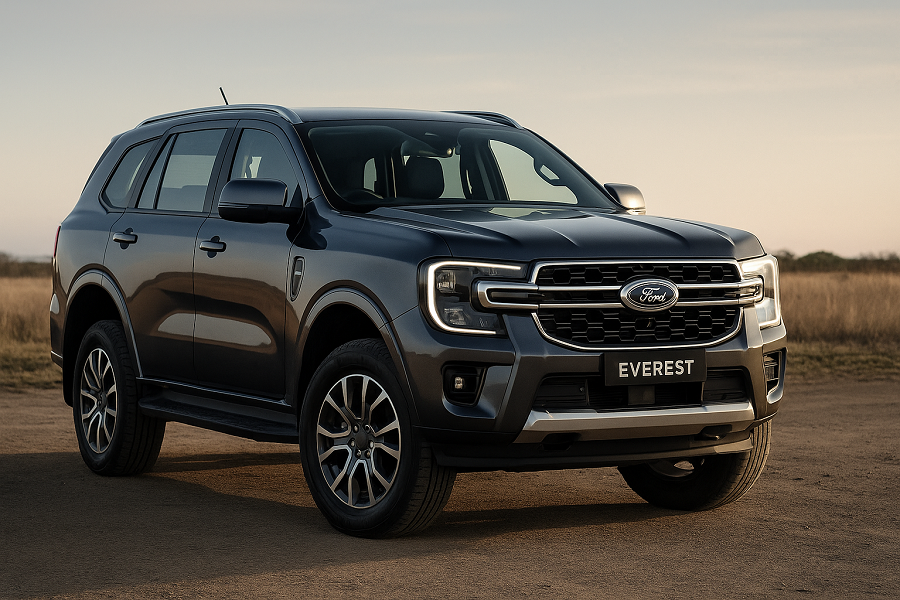
Striking Exterior Design and Structural Utility
The Ford Everest‘s exterior design exudes assertiveness and structural resilience. The bold front fascia, accentuated by a prominent grille and signature C-clamp LED headlamps, contributes to its commanding road presence. The sculpted body contours, elevated ride height, and integrated skid plates signal both aesthetic intention and utilitarian robustness. Ford’s design team achieved a synergistic balance between visual appeal and operational functionality, equipping the Everest with features like underbody protection, extended wheel arches, and aerodynamic optimization.
Internally, the cabin architecture emphasizes ergonomics and material refinement. A centralized 12-inch digital touchscreen and digital instrument cluster create an intuitive user interface. Premium materials—including leather upholstery, brushed aluminum accents, and soft-touch surfaces—reflect attention to tactile quality. Additional amenities such as ambient lighting and a panoramic sunroof enhance sensory comfort, transforming routine travel into an elevated experience.
Engine Dynamics and Mechanical Efficiency
The Ford Everest’s Powertrain portfolio includes the acclaimed 2.0L Bi-Turbo diesel engine, engineered to deliver 210 horsepower and 500Nm of torque. This configuration is mated to a 10-speed automatic transmission, facilitating refined gear transitions and contributing to fuel-efficient performance. This drivetrain accommodates both urban commuting and high-demand off-road scenarios.
In addition to the Bi-Turbo configuration, a single-turbo diesel variant is available, offering a cost-effective balance between energy efficiency and torque delivery. The 10-speed automatic gearbox’s gear distribution enhances mechanical leverage, ensuring continuous power delivery while minimizing fuel consumption during standard driving conditions.
Advanced Off-Road Engineering
The Ford Everest is engineered for superior terrain adaptability, featuring a full-time four-wheel-drive system, a low-range transfer case, and an electronically actuated rear locking differential. These components form the core of its off-road performance suite.
The proprietary Terrain Management System (TMS) allows real-time adjustment of vehicle dynamics based on environmental conditions such as snow, sand, mud, and rock. TMS modulates throttle sensitivity, transmission mapping, and traction control, optimizing traction and stability in varying terrains. With a ground clearance of 225mm and a water wading capacity of 800mm, the Everest supports robust off-road capabilities.
Spatial Configuration and Ergonomic Interior Design
Inside, the Ford Everest offers a capacious layout ideal for both family use and expedition-oriented travel. The three-row seating configuration accommodates seven passengers. Second-row seats utilize a 60:40 split-folding mechanism, while the third row folds flat to extend cargo capacity, providing adaptable spatial utility.
Passenger comfort is facilitated through expansive legroom and headspace, multi-zone climate control with vents across all seating rows, and highly cushioned seats engineered for long-duration travel. Acoustic insulation materials and active noise cancellation technology ensure a tranquil cabin environment, irrespective of external driving conditions.
Integrated Infotainment and Digital Connectivity
Technological innovation is central to the Ford Everest’s in-cabin experience. The SYNC 4A infotainment interface, displayed via a 12-inch touchscreen, supports wireless Apple CarPlay, Android Auto, Bluetooth connectivity, and integrated GPS navigation.
Supplementary features include wireless smartphone charging, multiple USB charging ports, and a premium 12-speaker Bang & Olufsen audio system. Voice recognition capabilities enhance usability, allowing drivers to execute commands related to navigation, media, and communication with minimal distraction.
Comprehensive Safety Architecture
The Ford Everest is equipped with an extensive suite of active and passive safety mechanisms, forming a holistic safety architecture. Key driver-assistance technologies include:
- Adaptive Cruise Control with Stop & Go
- Lane Departure Warning with Lane Keeping Assist
- Blind Spot Information System (BLIS) with trailer coverage
- Rear Cross-Traffic Alert
- Pre-Collision Assist featuring pedestrian detection and automatic emergency braking
- Traffic Sign Recognition
- Evasive Steering Assist
The SUV also incorporates up to nine strategically positioned airbags, ISOFIX child seat anchors, electronic stability control (ESC), anti-lock braking system (ABS), and electronic brake-force distribution (EBD). These systems function in unison to mitigate collision risk and ensure occupant protection.
Fuel Economy and Environmental Sustainability
Despite its considerable size and mechanical capability, the Ford Everest maintains commendable fuel efficiency. The Bi-Turbo diesel variant typically achieves consumption rates between 7.0 to 8.5 liters per 100 kilometers, contingent on operational conditions and driving behaviors.
Ford has demonstrated a commitment to environmental stewardship through the adoption of lightweight construction materials, advanced combustion technologies, and a focus on component recyclability. The Everest conforms to evolving emissions regulations, reflecting the company’s proactive approach to sustainable mobility.
Convenience-Oriented Features for Enhanced Usability
The Ford Everest incorporates a broad array of convenience enhancements to support user comfort and ease of operation. Notable features include:
- Proximity Key Entry and Push-Button Start
- Electric Power-Assisted Steering (EPAS)
- Hands-Free Power Tailgate
- 360-Degree Surround-View Camera with Parking Sensors
- Heated and Ventilated Front Seats
- Automatic High Beam Function
- Dual-Zone Climate Control with Rear Air Conditioning
These systems are engineered to simplify daily driving and increase accessibility, especially in dense urban environments and off-road contexts where visibility and maneuverability are critical.
Suitability for Family-Oriented Use Cases
The Ford Everest’s spacious design, robust safety features, and multi-functional interior render it highly suitable for family applications. The three-row seating arrangement, intuitive climate control system, and advanced infotainment options cater to diverse passenger needs.
Additionally, child-centric features—such as ISOFIX anchors, child safety locks, and available rear-seat entertainment systems—further enhance its viability as a family vehicle. The ample boot space, expandable to over 800 liters with rear seats folded, facilitates storage for extended trips and daily errands.
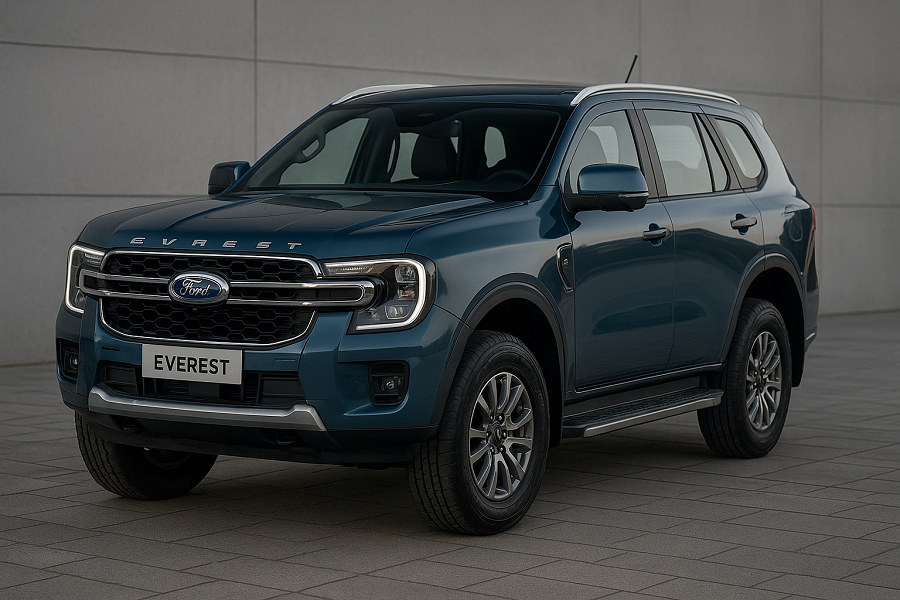
Ownership Experience and Reliability Factors
Ford offers a comprehensive ownership package for the Ford Everest, including factory warranties, service plans, and access to an expansive global service network. The SUV is constructed with corrosion-resistant materials and components designed for durability under intensive usage.
Long-term reliability is a consistent theme in owner testimonials, with many reporting sustained mechanical integrity even after years of operation. Optional service bundles and extended warranties are available to minimize unforeseen maintenance costs.
Variant Options and Market Pricing
The Ford Everest is available in multiple trim levels to accommodate varying budget constraints and user requirements. These include:
- Ambiente: Entry-level model with essential functionality
- Trend: Mid-tier variant with enhanced comfort and tech features
- Sport: Performance-focused trim with dynamic aesthetics
- Titanium: Luxury-oriented model with premium enhancements
- Platinum: Flagship variant with comprehensive feature integration
Pricing is region-specific and influenced by taxation, but across all variants, the Ford Everest provides competitive value relative to its feature set and performance capabilities.
Conclusion:
The Ford Everest is a meticulously engineered SUV that caters to a wide spectrum of user scenarios, from urban commuting to extreme off-road usage. Its blend of mechanical robustness, intelligent systems integration, and luxurious comfort positions it as a premier option in the full-size SUV segment.
Prospective owners will find in the Ford Everest a holistic vehicle that adapts to their lifestyle, whether they are families requiring spatial versatility or adventurers seeking reliable off-road performance. With its comprehensive features and proven durability, the Ford Everest stands as a sound long-term automotive investment.
Frequently Asked Questions (FAQs)
1. Is the Ford Everest suitable for urban environments?
Yes. The Everest’s power steering, camera systems, and compact maneuverability enhance its operability in city traffic.
2. What is the passenger capacity of the Everest?
It supports up to seven adult passengers across three rows.
3. What are the average fuel consumption figures?
Between 7.0 and 8.5 L/100 km for the Bi-Turbo diesel variant.
4. Can the Everest accommodate towing requirements?
Yes, with a rated towing capacity of up to 3,100 kg.
5. What are the key safety features of the Everest?
Adaptive cruise control, blind-spot monitoring, emergency braking, and up to nine airbags, among others.
